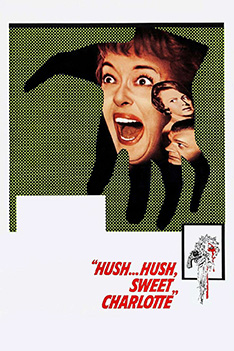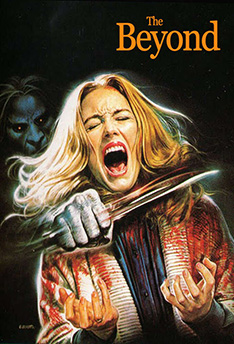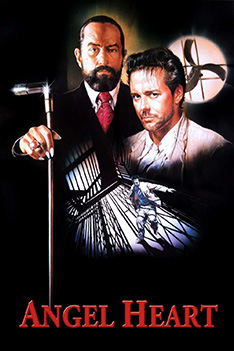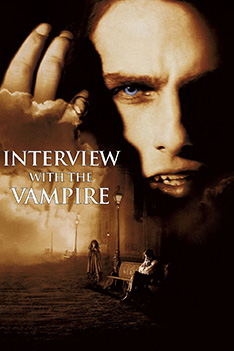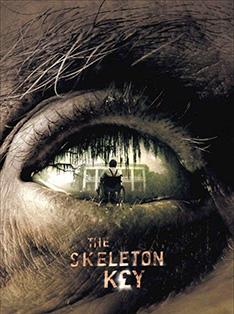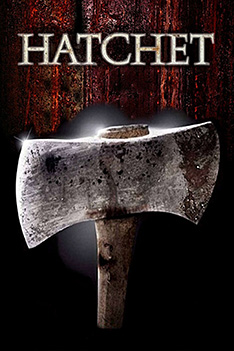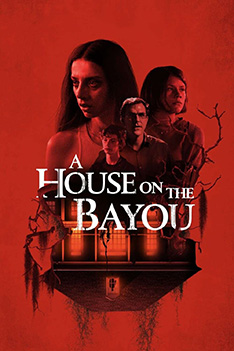Undead Mockingbird
Prefer to listen to this post?
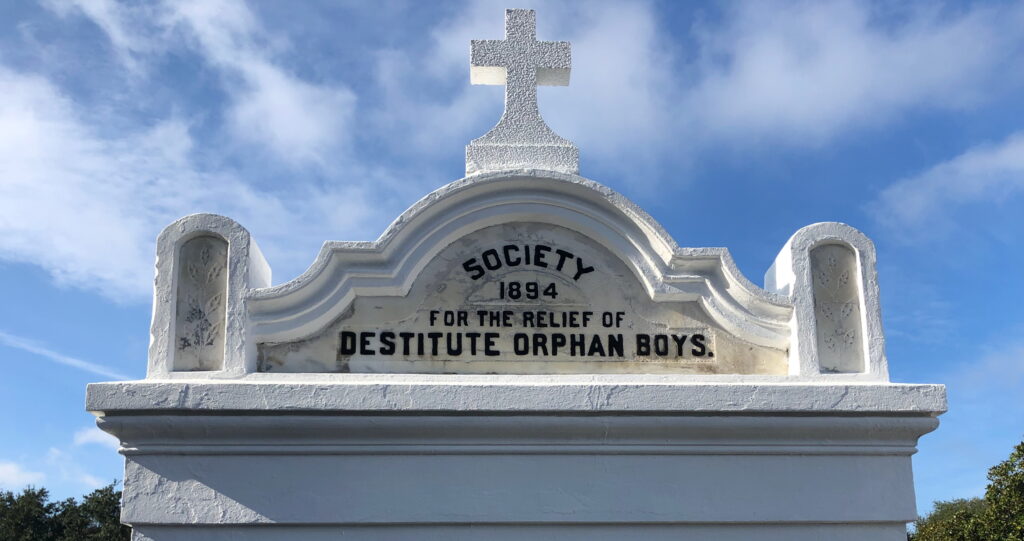
“It’s a sin to kill a mockingbird,” we’re told by Atticus Finch, in the novel title-dropped in that line. Now, think back to your 8th grade self and try to remember why it’s a sin in his opinion. It isn’t because it’s a pretty bird; Atticus says flatly “Shoot all the bluejays you want, if you can hit ʼem”. Anyone remember? It’s because, as Atticus says, they “don’t do one thing but make music for us to enjoy”. They are, in other words, innocent. And the potential execution of an innocent person is what the book and movie are all about. The story is also about rape, racism, rabid animals, murder, an attack after a Halloween pageant, and a creepy recluse in a house named Boo. Despite this, no one would argue that To Kill a Mockingbird is horror story. But it is a prime example of Southern Gothic, a sub-genre that is full of the grotesque, macabre, and often supernatural and which, as we will explore on our journey today, easily slides into full-blown horror.
Welcome to this week’s itinerary, travelers, called Undead Mockingbird. Grab a sweet ice tea with lemon to go because we’re headed south of the Mason-Dixon line to a land where I went to school, twice, on purpose. And it changed me forever.
Before we arrive at the destination that is Southern Gothic Horror we should probably hit a few waypoints for the terms that comprise it. Let’s start with “gothic”, since, as terror tourists, you’ve likely encountered movies that are utterly suffused with gothic ambiance and tropes. Now, unless we’re talking about the extinct Germanic language of the 5th century Goth peoples or trying to describe why you borrowed your sister’s eyeliner to go to the Siouxsie and the Banshees show — neither of which we are talking about — then we’re talking about a style of architecture.
Gothic building design was a European architecture of the 12th to 16th centuries. You’ve seen it: pointed arches instead of curved domes, flying buttresses that meant walls could for the first time do things — like hold stained glass — instead of solely making sure the roof didn’t fall in, and elaborate ornamental stonework of all kinds including, yes, gargoyles. If you can picture Notre Dame in Paris or the Duomo in Milan then you know exactly what Gothic architecture is. Importantly the term “gothic” was originally applied to this form of architecture as an insult. Artists centuries later considered these buildings to be barbarous, monstrous even, precisely because they were so different from the classical curves of the ancient Greeks and Romans that the Renaissance so eagerly sought to revive.
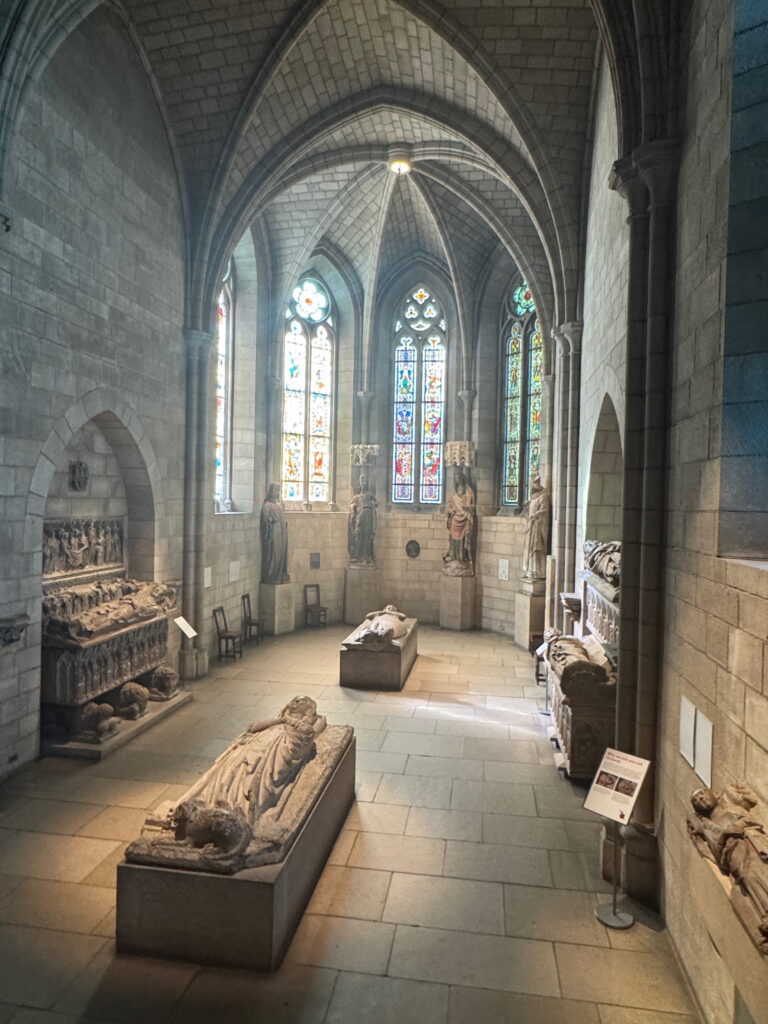
So, the term “gothic” was originally used with contempt. But it was also applied to very old structures, many in states of decay and ruination by the time of the Renaissance. These buildings — many of which were churches — were equal parts beautiful and rotting, isolated and grandiose, and were the primary inspiration for the gothic fiction of the 18th and 19th centuries. Many of these stories, the first of which is The Castle of Otranto by Horace Walpole from 1764, take place in gloomy landscapes and/or outright haunted manors. And the people in these places, well, they tend towards the end of the emotional spectrum where rage, lust, madness, and terror dwell. Think of the tales of Edgar Allen Poe, Bram Stoker, Mary Shelley, Charlotte Brontë, and Oscar Wilde.
Gothic fiction was the beginning of the horror genre as we know it. The aesthetic of mystery, of decay, of the past forcing its way into the present (sometimes supernaturally) so defined what in the West would visually be considered scary that most of the costumes you see today at Halloween are just riffs on old gothic motifs. OK so just glancing back at our map: gothic architecture, specifically the buildings of that style in a state of decay, inspired gothic fiction which itself eventually morphed into the larger category of horror fiction.
So how does Southern Gothic, a distinctly American art form, come from what was primarily a European genre? Where the rotting hulks of churches inspired the gothic authors of Europe, the dilapidation of once-majestic plantation houses in the post-Civil War South became a focal point for authors in America seeking to explore themes of a flawed society trying to rebuild itself. These flaws, often personified by grotesque or mysterious figures (like Boo Radley from To Kill A Mockingbird), usually involve racism, violence, and religious extremism — even hoodoo and voodoo.
The characters in Southern Gothic fiction are often physically or psychologically twisted – shut-ins, freaks, back-woods types and those unable to move forward in tight-knit communities, sometimes too tight. These characters, caricatures really, are usually colored — and color is key in this genre — by the dark events of the past, the violent history of race relations, the resentment of Civil War defeat, the Great Depression and, more recently, the devastation of Hurricane Katrina.
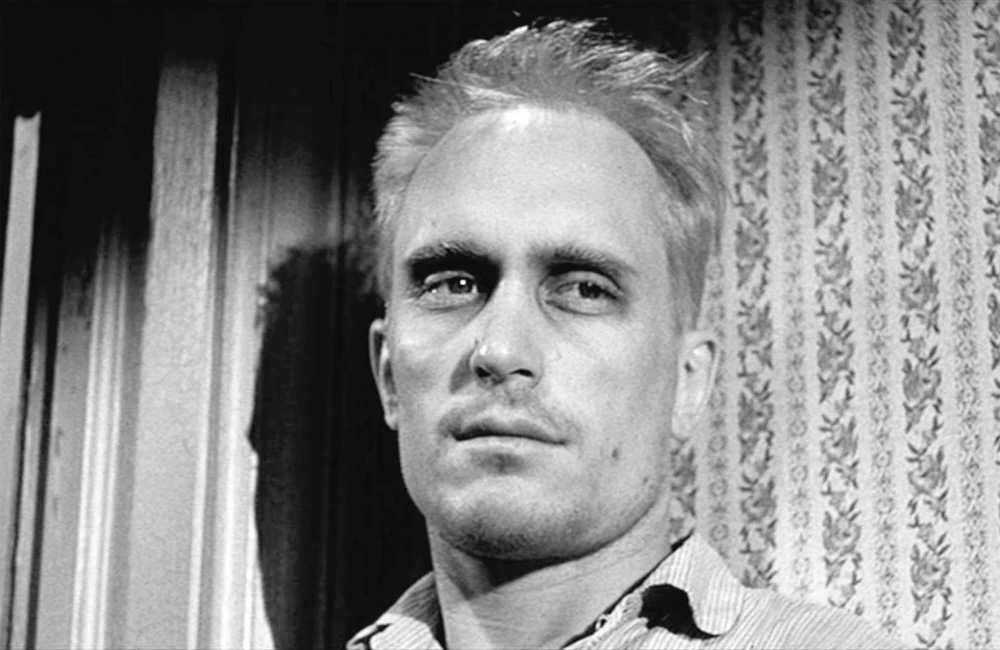
Whether overt or as subtext the point of a Southern Gothic story is to reckon with — if not fully rewrite — the myth that the pre-Civil War south was an idyllic, harmonious, and happy time and place. It is, like gothic literature, an attempt to deal with a society in ruin. Authors who wrote in this style at least some of the time include William Faulkner, Flannery O’Connor, Eudora Welty and more recently Anne Rice and (one of my favorite authors) Donna Tartt.
Tourists, you may see where we’re headed. It is not such a leap from the dark themes of these Southern novelists to straight-up horror: mansions rotting into swamps, snake-handling preachers, and unreconstructed beliefs in the supernatural. Southern Gothic often becomes Southern Gothic horror and nowhere is this more true than at the movies.
Before we talk about films, though, a quick note on genre slippage. Categories are always tricky; what’s the real difference between a dark thriller and a horror movie with a gore score of zero, for example? But in the case of the category of Southern Gothic we’re actually taking about a geographical place, specifically the states of the former Confederacy. There are many films which you might otherwise call Southern Gothic except for their setting in the American Midwest or amongst the hillbillies of Appalachia. And many of these films are wonderful — see especially The Night of the Hunter from 1955 about a serial killer posing as a preacher in West Virginia or the 2017 film 1922 based on the Stephen King novella about murder and guilt on a Nebraska farm. But for now let’s constrain our travels to the South and a few standout films.
Hush…Hush, Sweet Charlotte is a 1964 creep-out starring Bette Davis and Olivia de Havilland as middle-aged cousins in Louisiana attempting to keep the local authorities from demolishing a home in the path of a new interstate. That’d make for a pretty good straight drama, except that Bette is also the primary suspect in the decades-old unsolved murder of her former lover whose decapitated head comes back for a visit. Of note, this film is 133 minutes long and very slow by contemporary pacing standards, but it is a great example of the subgenre.
The masterful director Lucio Fulci wasn’t afraid of trying anything and his film The Beyond from 1981 is his take on Southern Gothic. Filmed on location in and around New Orleans, The Beyond is about a woman, Liza, who inherits and attempts to rehabilitate a crumbling old hotel — which happens to be sitting atop one of the seven gates of hell! This is an exceptional film, part of the Fulci’s Gates of Hell trilogy, one of the UK’s “video nasties”, and did not see an uncut release in the US until 1998. You need to see this film not only because of its contribution to our subject today but because the ending is bleak as all hell — er, as all beyond.
Angel Heart from 1987 is a noir-ish detective tale with a satantic twist. This film partakes of lots of Southern Gothic tropes aesthetically, but does include one we haven’t mentioned yet, the half-crazed war veteran. In this case it’s not a Civil War veteran but an injured WWII solider who’s gone missing. A man named Louis Cyphre, played by De Niro, hires a private investigator named Harry Angel, played by Mickey Rourke, to find the veteran who owes him a debt. It’s a fallen angel tale set amidst the dark, oppressively humid decadence of New Orleans.
And if Big Easy decadence is your thing then you’re likely a fan of the novels of Anne Rice about the vampire Lestat. Interview with the Vampire from 1994 is the big budget film version of the novel of the same name, featuring Tom Cruise, Brad Pitt, Antonio Banderas and a young Kirsten Dunst. Much of the film takes place in antebellum Louisiana with all its Caribbean disease, rotten swamps, wrought iron balconies, and candle-lit passages. It’s ultimately a tale of child murder — or at least, taking the human life from a child — and the grief surrounding this act. But it’s also a very modern take on the visual trappings of southern-inflected horror. I suggest reading the books and skipping the movie, but hey you do you.
If you want the Cliffs Notes version of Southern Gothic have a watch of The Skeleton Key featuring Kate Hudson and John Hurt from 2005. This film contains every possible Southern Gothic trope (or cliche, if you’re feeling critical): a plantation house in the middle of a rural parish in Louisiana, the twisted legacy of a slave lynching, hoodoo rituals, and all the atmosphere of a once-majestic society now covered in a layer of dust. It’s not a perfect film, but it may be the most exemplary of our genre exploration.
Is there such a thing as a Southern Gothic slasher? Indeed there is, my touring pals. It’s called Hatchet from 2006 and features the undead, deformed Victor Crowley who slops through swamps in search of his next victims. In this case it’s a group of tourists (just like us!) stranded in the countryside on a ghost tour out of New Orleans. Hatchet is paint-by-numbers horror — you know exactly what you’re going to get and pretty much exactly where its going, but at the time I enjoyed the fresh setting and I found it fun to see how southern motifs were woven into the scaffolding pulled mostly from 1980s campground horror. There are several more Crowley films after this one, if this is your jam.
A House on the Bayou from 2021, reviewed on this pod previously, is an unexpected entry in the genre, focusing primarily on familial tension over an affair but set in a decaying mansion in the swampy countryside. The family here are outsiders, definitely not southerners, who basically represent us, the viewers, thrust into a world out of time, complete with creepy fellows named Grandpappy who represent the old order, the way things used to be but which definitely shouldn’t be. Great performances and an excellent twist!
Now, you may have noticed something about all these films. I chose them almost randomly — a few I had seen previously, a few I had wanted to see — as exemplars of Southern Gothic horror. But every single one of them is set in Louisiana, often New Orleans. This isn’t coincidence. Louisiana is ground zero for the genre, possibly because it has the most visible legacy of majesty-in-ruin, colliding cultures of decadence and religiosity, diverse peoples mixing uneasily (black and white, high society and low, European and Afro-Caribbean colonizers and immigrants), all stewing in an oppressive climate of bugs, alligators, and slithering creatures.
I haven’t done an exhaustive census, but my guess is that more than half of what you’d consider quintessential Southern Gothic Horror takes place in Louisiana. Yes there are films which do not — of special note is Cape Fear, both the 1962 and 1991 versions, set on the outer banks of North Carolina. But the center of gravity for the genre seems always to be the Deep South. The entire third season of American Horror Story, called Coven, is set amongst the witches of New Orleans, for instance. Of note, my wife is from New Orleans. Is she a southern goth witch? This is an exploration for a possible future installment of The Terror Tourist.
Until then, my compatriots, sorry for the humidity. And the mosquitos. But hey, we enjoyed some lovely sweet ice tea, no? See you on our next journey!
A full list of the movies mentioned above can be found at Letterboxd. Find out where to watch there.
The Terror Tourist is my occasional segment on the Heavy Leather Horror Show, a weekly podcast about all things horror out of Salem, Massachusetts. These segments are also available as an email newsletter. Sign up here, if interested. Here’s the episode containing “Undead Mockingbird”:

